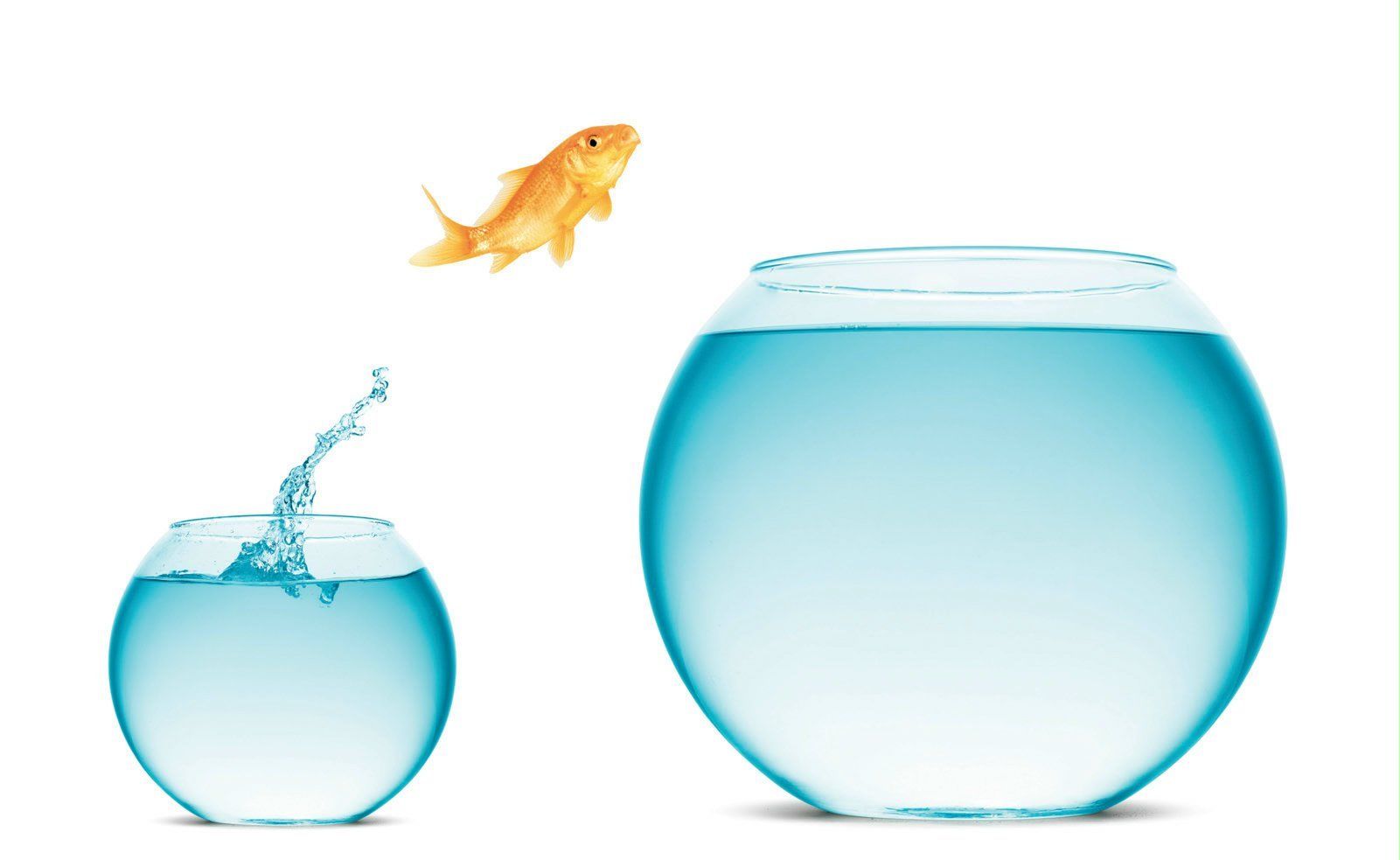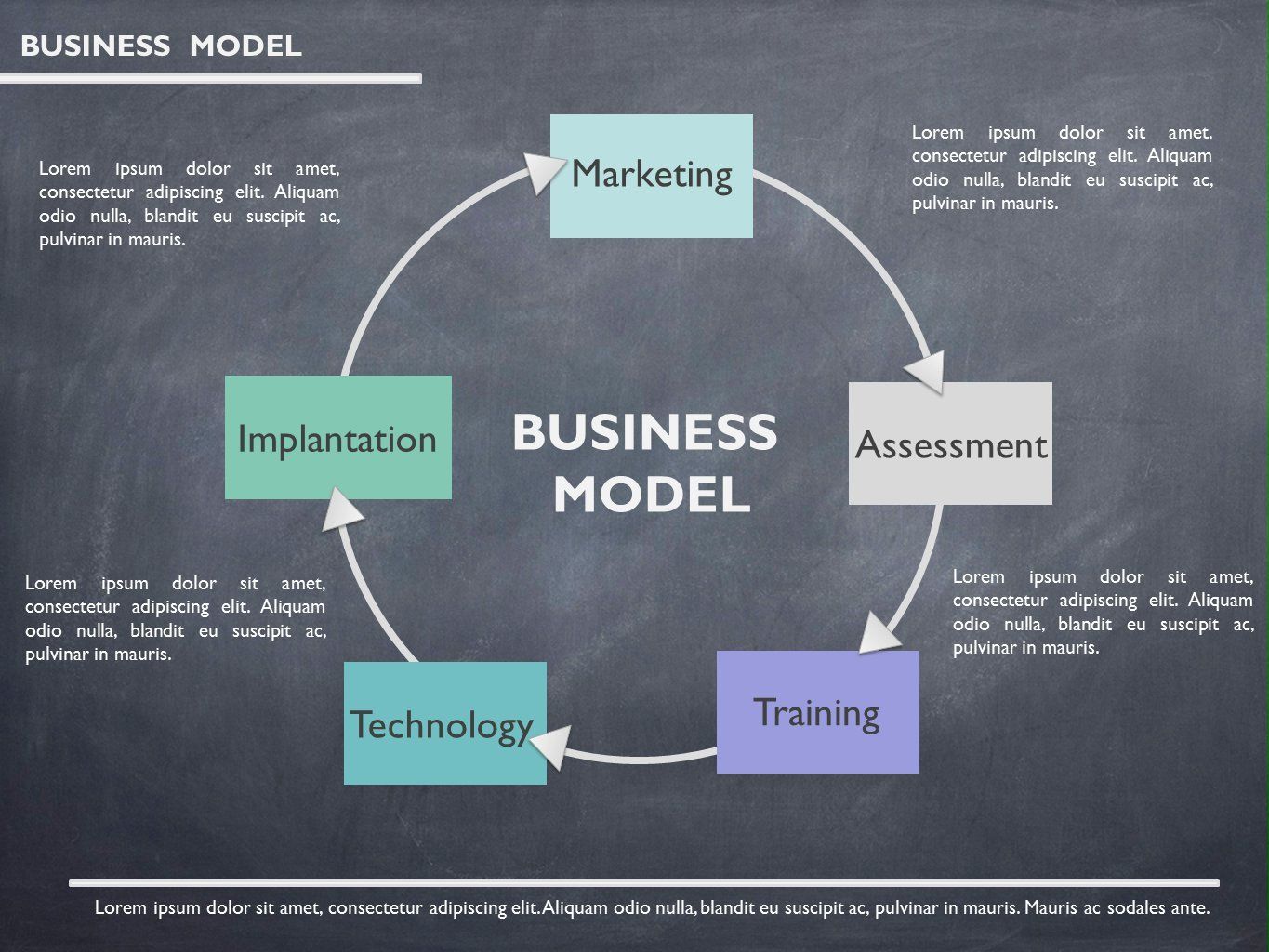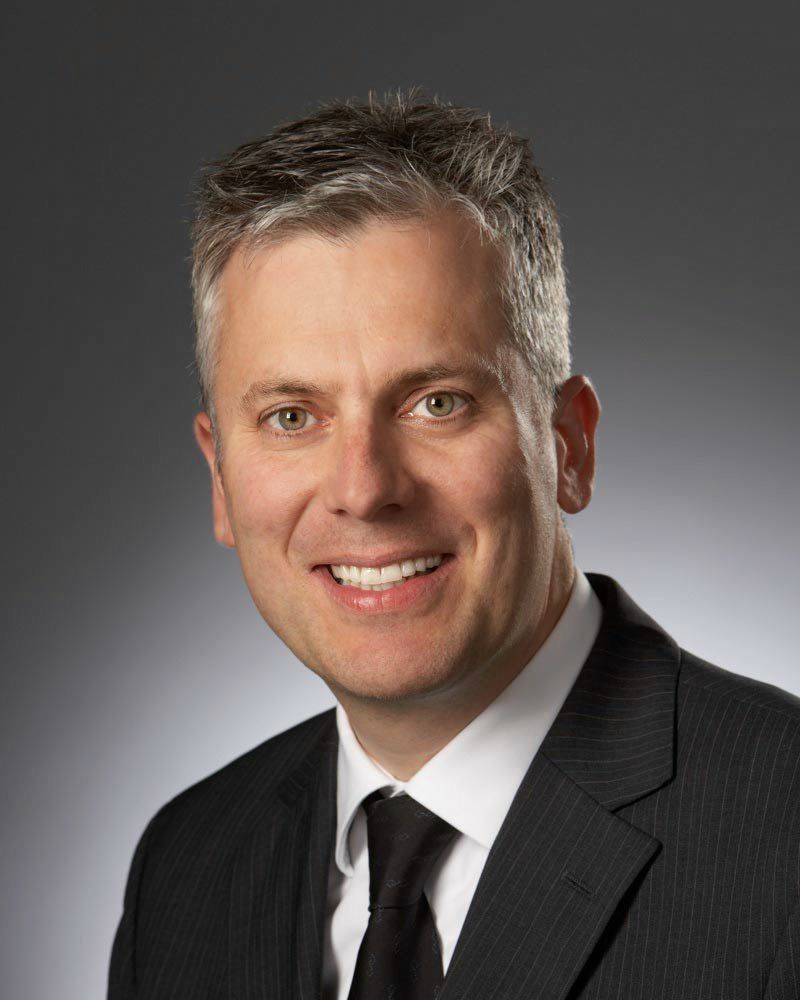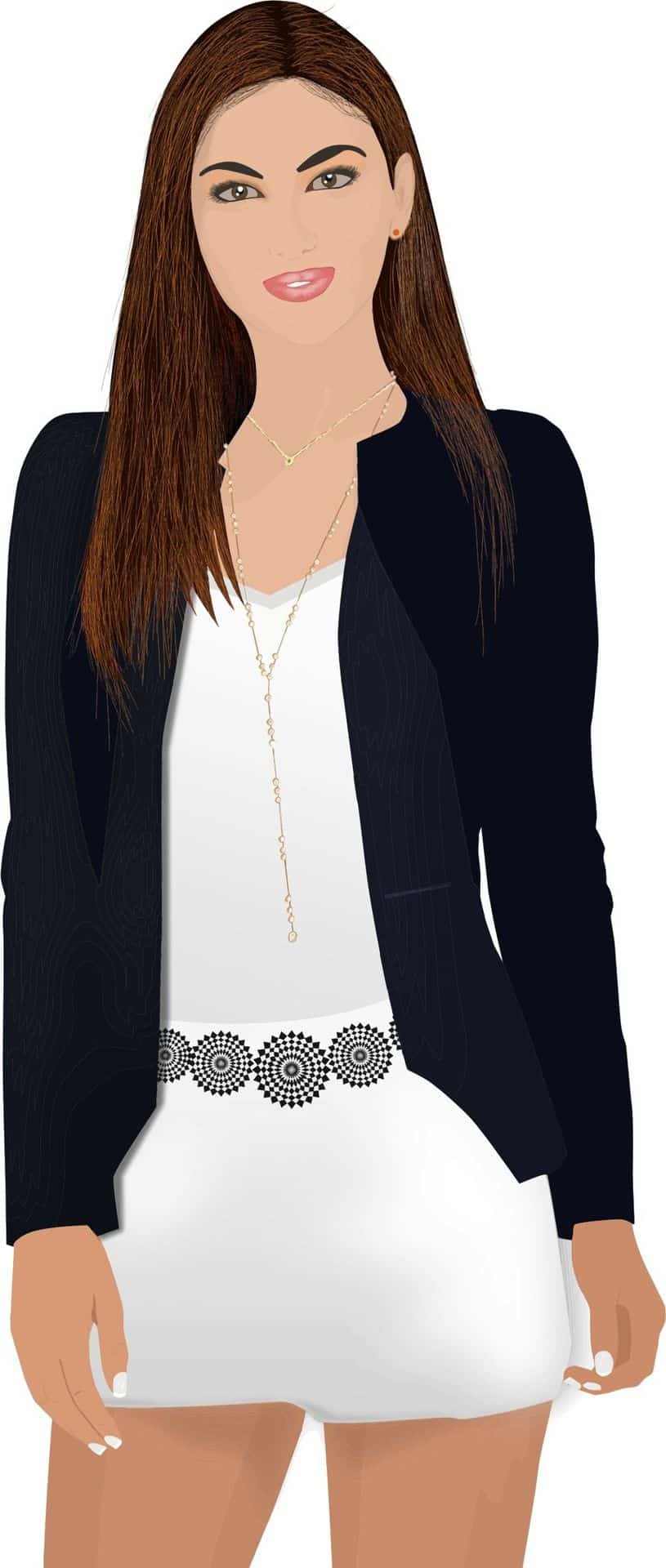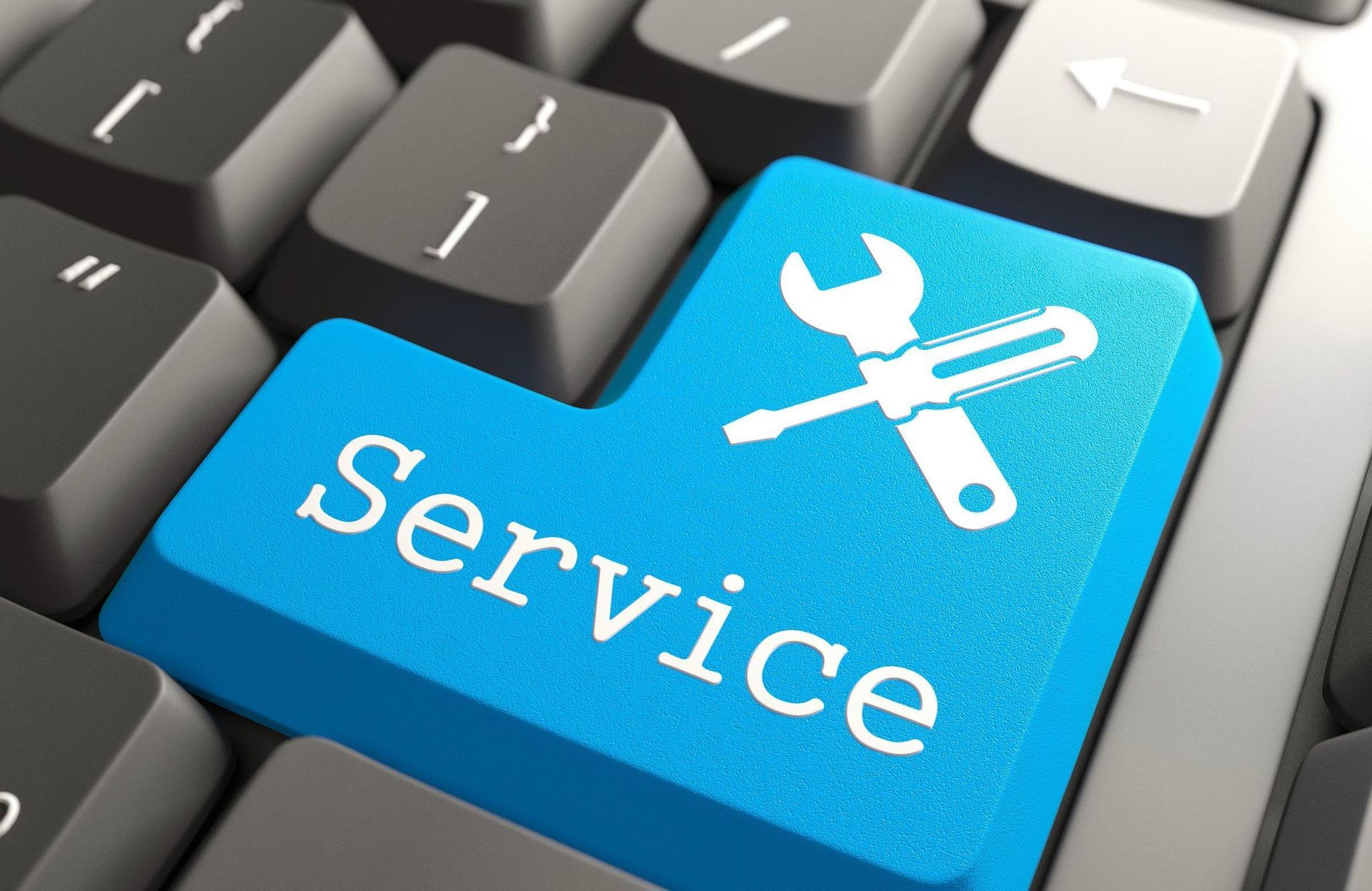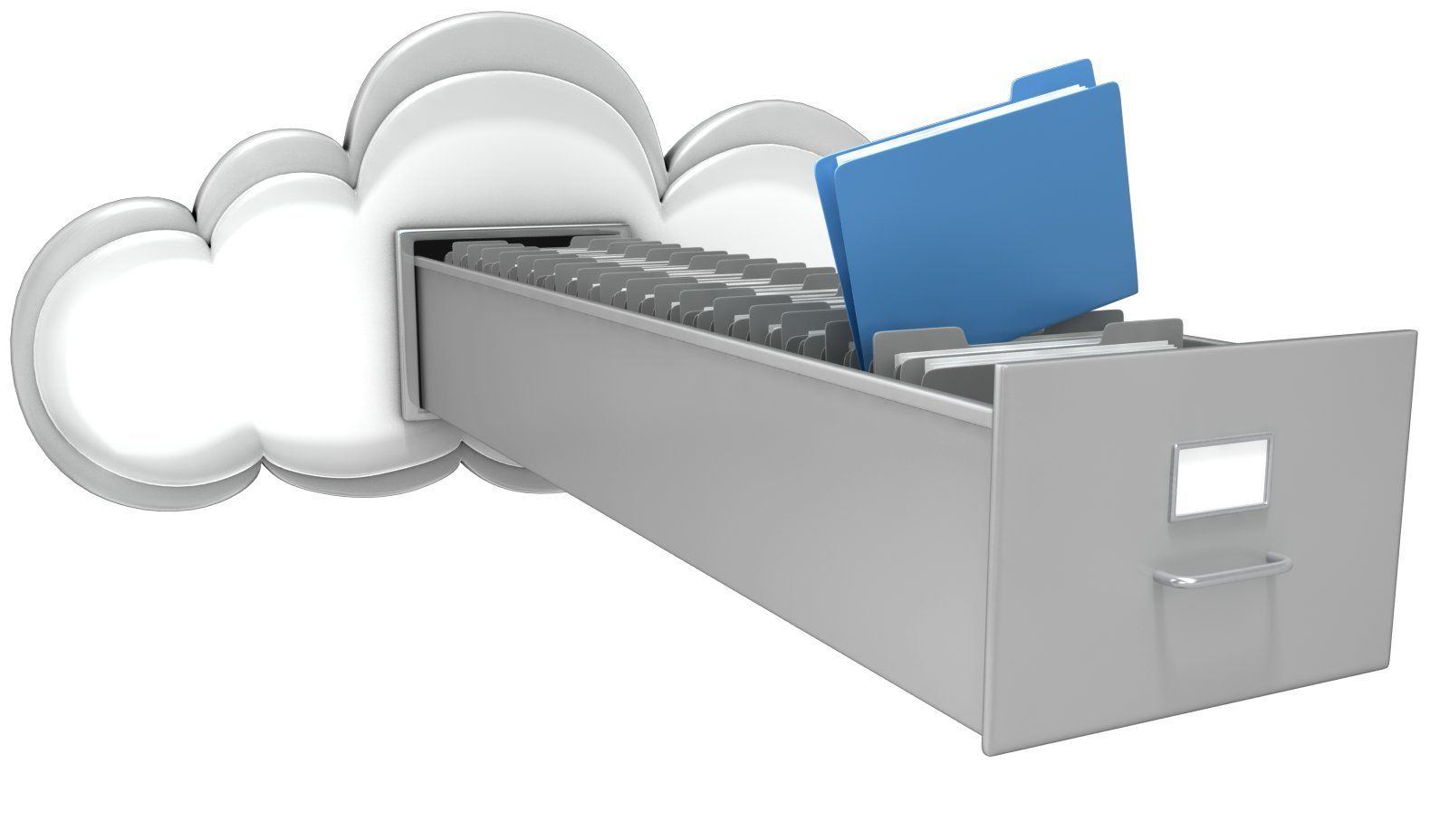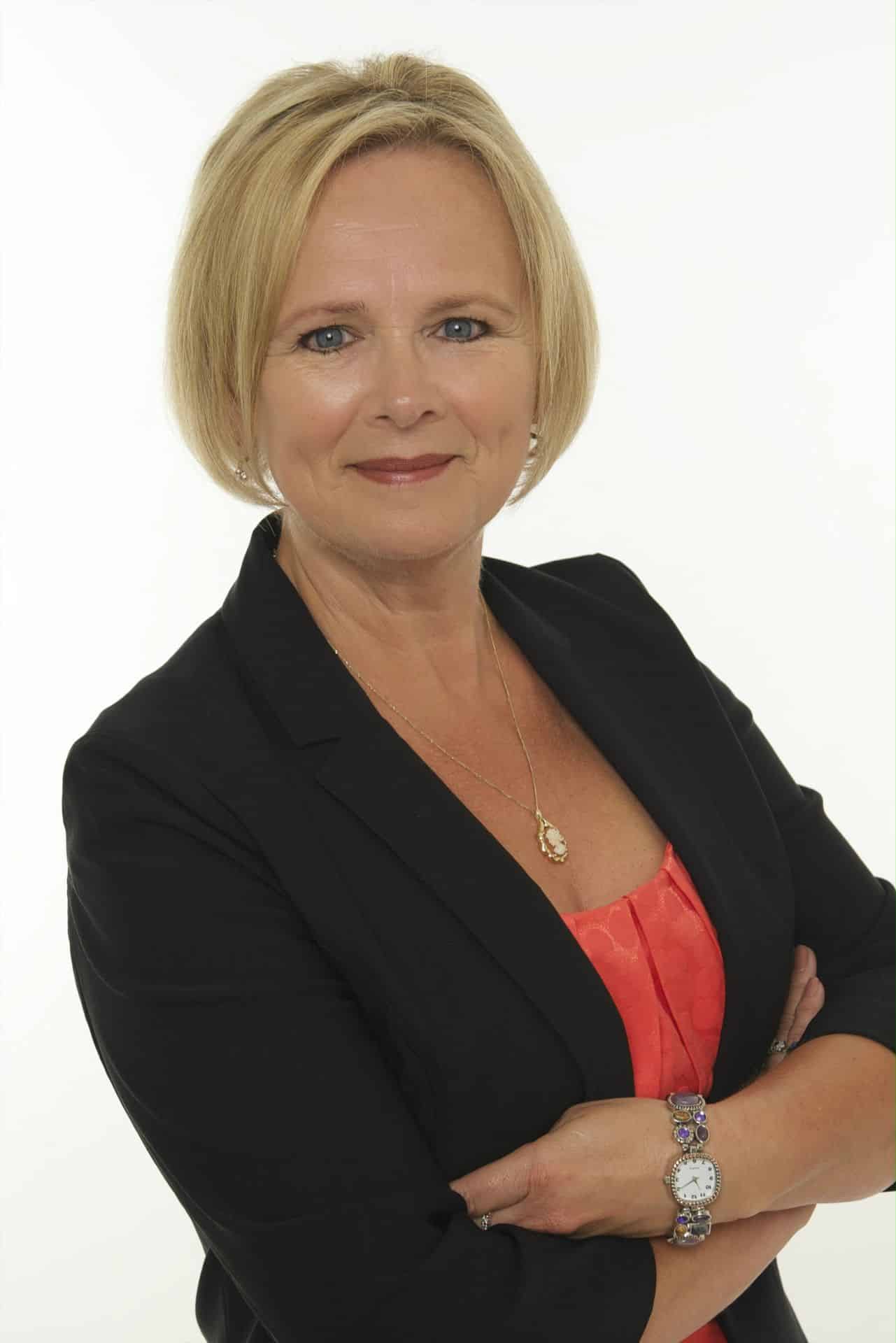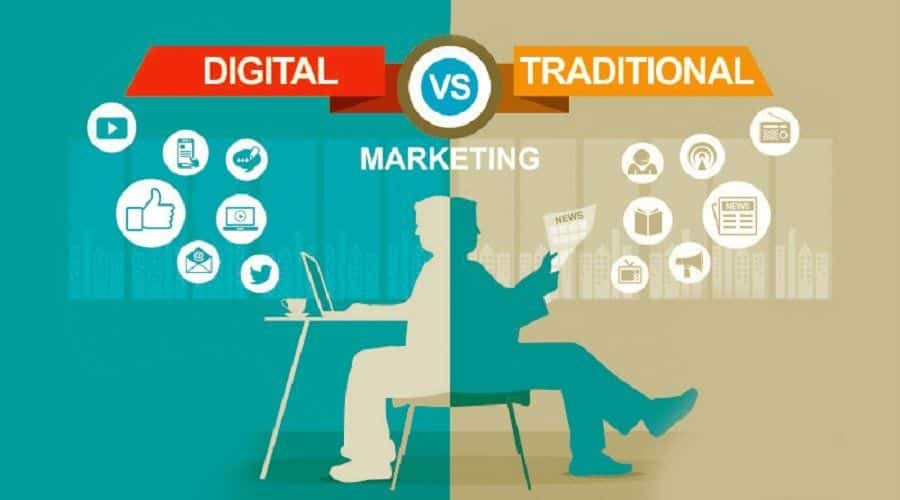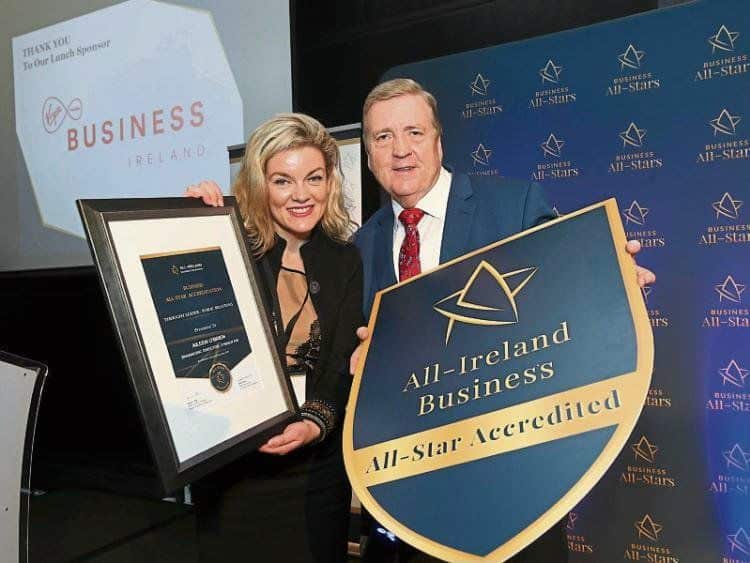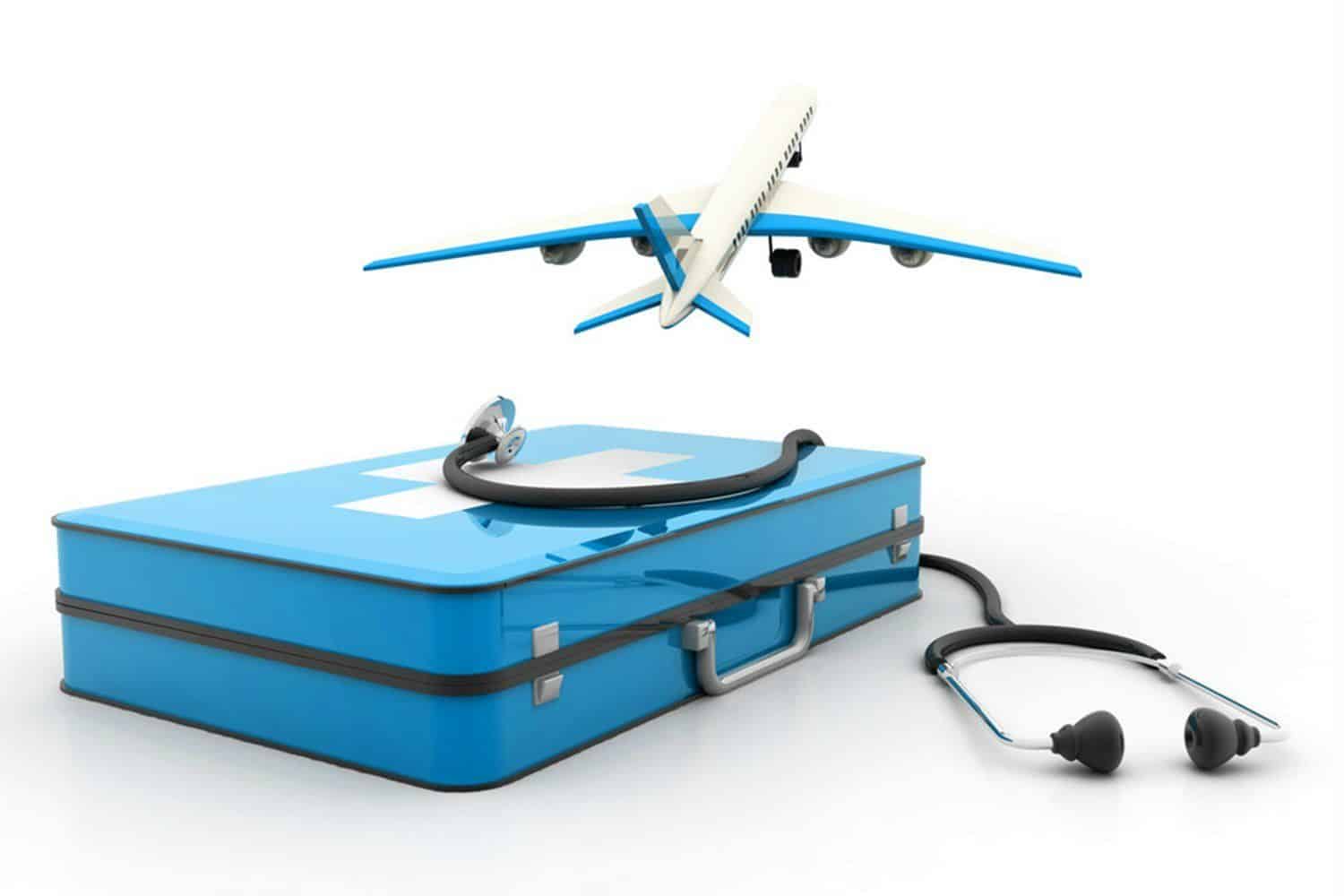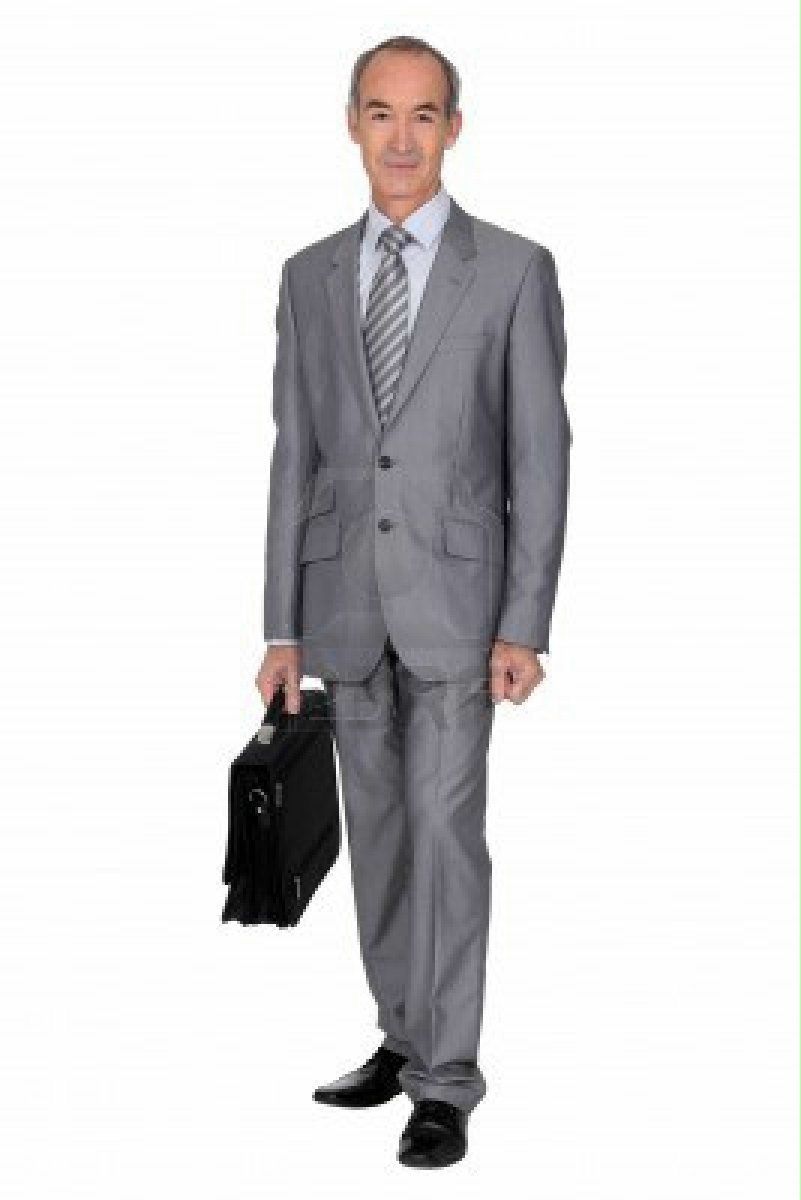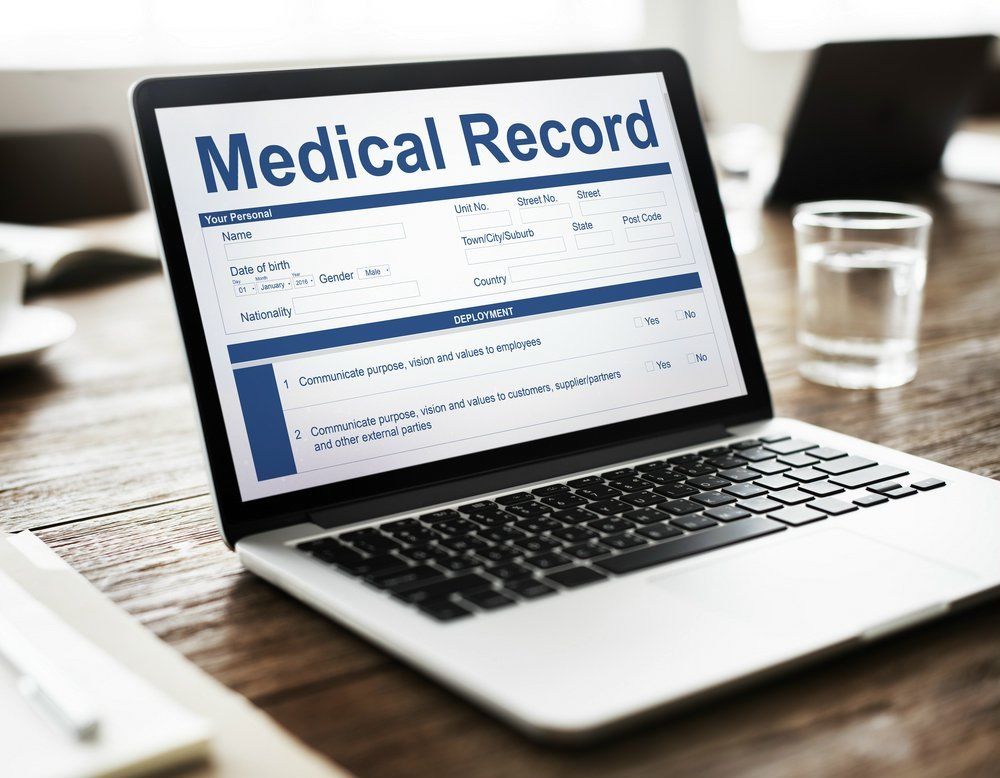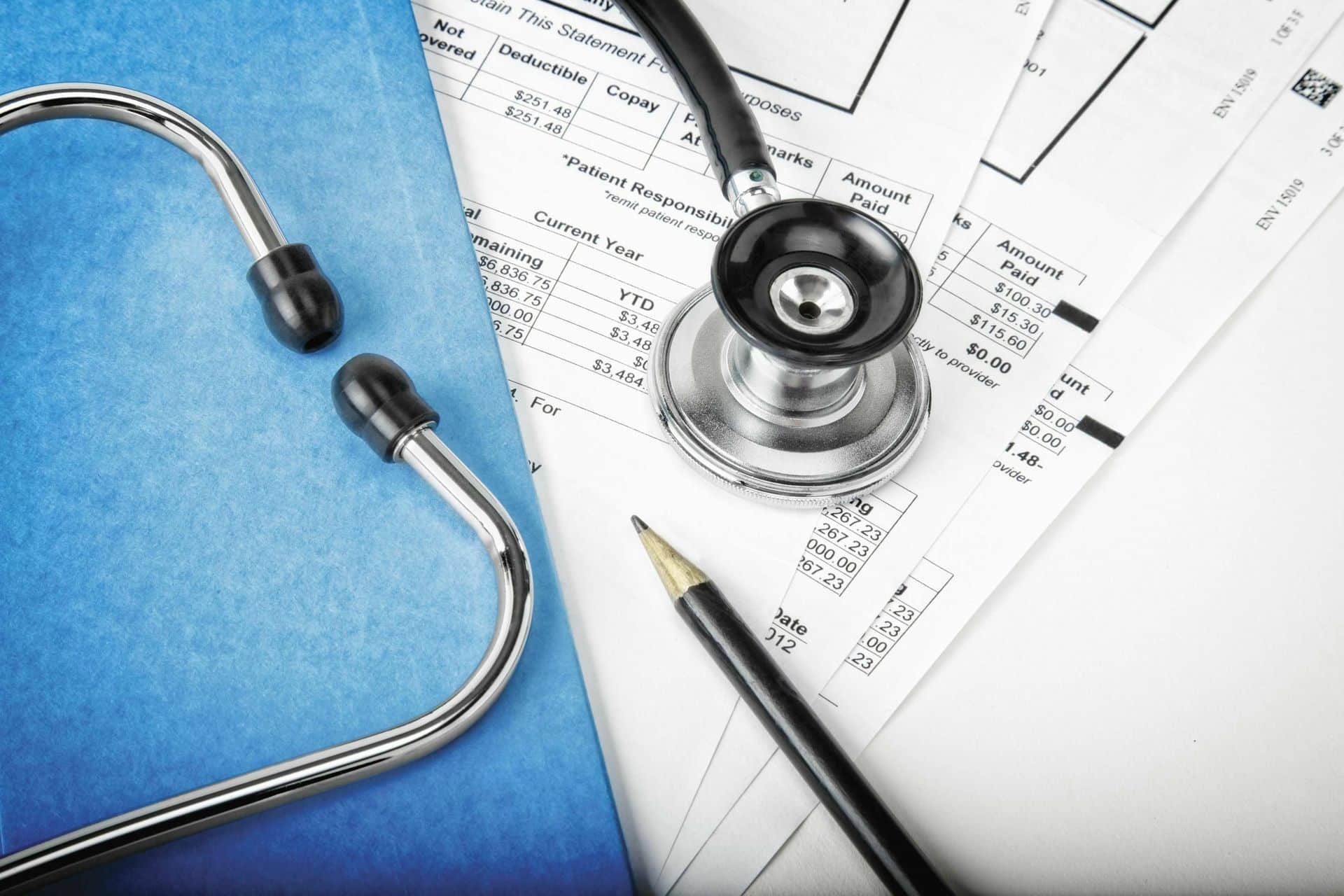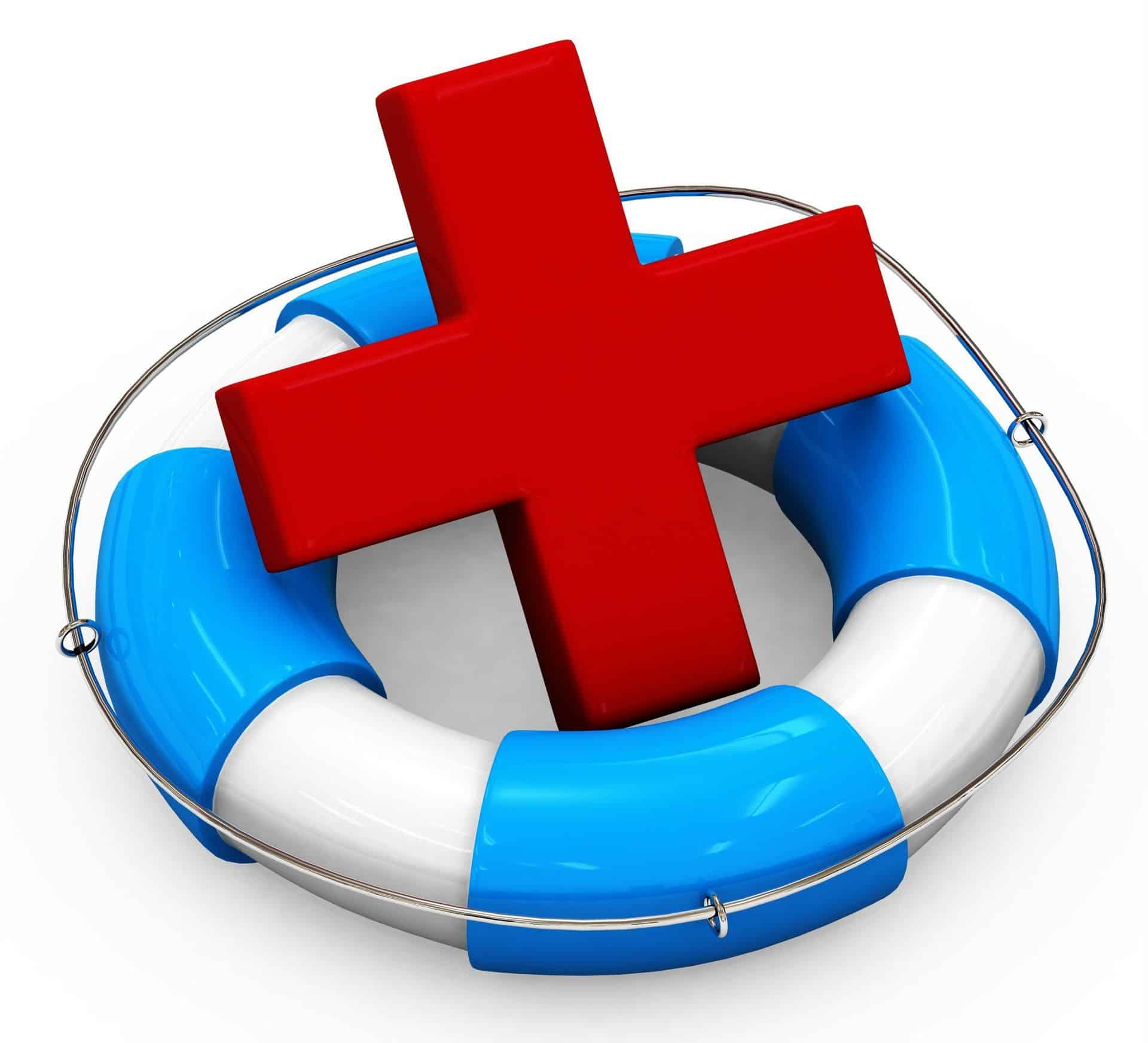Your Relief Has a Receipt, But No Return Policy
The hissing sound is the first part of the ritual. A sharp, pressurized burst that promises clarity. Then the chemical drip begins its slow crawl down the back of my throat, a taste I can only describe as bitter hope. My sinuses, which a moment ago felt like they were packed with hot gravel, begin to open. Air flows. The pressure behind my eyes recedes. It’s a small, daily miracle, and for the 7th year in a row, I am both profoundly grateful and deeply ashamed.
The High-Interest Loan of Relief
That folded piece of paper that comes in the box-the one we all glance at and immediately discard-is less of a drug insert and more of a high-interest loan agreement. The terms are printed in a font so small it feels intentionally hostile. Glaucoma. Cataracts. Adrenal suppression. Slowed growth in children. Bone density loss. You read the words, you understand them on some abstract level, and then you sign the contract with a squeeze of the plastic bottle because the immediate debt of not being able to breathe feels infinitely heavier. You’re trading a hazy, undefined future risk for a concrete, undeniable present relief. It’s a deal anyone in misery would take.
Hypocrisy or Survival?
I’ll be honest. I criticize this cycle constantly. I talk a big game about getting to the root of the problem, about not just paving over the body’s warning signs with powerful anti-inflammatories. Then, I wake up with my head feeling like a balloon in a pressure chamber, and I reach for the fluticasone without a second thought. This contradiction isn’t hypocrisy; it’s survival. It’s the gap between the person we want to be-holistic, balanced, in-tune with our body-and the person we are right now: desperate for a full breath of air before a 9 AM meeting.
The Steep Cost of Shortcuts
For a long time, I thought the dosage was more of a suggestion. A starting point. If two sprays worked well, surely three would work better, right? My first year using corticosteroids, I treated the instructions with the same casual disregard I had for washing machine settings. I was blasting my sinuses four or five times a day, chasing that initial, beautiful wave of relief. The result wasn’t super-breathing. It was a three-week period of spontaneous, gushing nosebleeds that left my bathroom looking like a scene from a crime procedural. It was my body’s crude way of telling me that there are no shortcuts, only steeper costs.
There is no return policy for the body.
You can’t take your glaucoma back to the pharmacy, receipt in hand, and ask for a refund. The transaction is permanently closed.
My friend Max J.D. is a soil conservationist. He spends his days analyzing the health of vast tracts of farmland. He once told me something that rearranged my entire perspective on health. He said, “Farmers who are in trouble always want the strongest pesticide. They see a weed, they want it gone. Now. They spray, and the weed dies. But they’ve also killed beneficial insects, wrecked the soil’s microbiome, and made the ground dependent on the next chemical hit.” He explained that his job wasn’t to kill the weeds. His job was to make the soil so fundamentally healthy, so balanced and robust, that weeds simply struggled to get a foothold in the first place.
– Max J.D.
He doesn’t treat the symptom. He rebuilds the entire ecosystem. For years, I’ve been spraying the weed in my sinuses while completely ignoring the health of my soil-my immune system. The inflammation is the weed, a symptom of a deeper imbalance. The corticosteroid is the potent chemical that kills the weed, yes, but it does nothing for the underlying depleted soil. In fact, over time, it can make the soil even less capable of managing itself. The bargain is that you get a weed-free field for a season, but you might be buying a desert for the future. The path out of this cycle isn’t about finding a ‘better’ spray; it’s about starting the long, slow work of restoring the ecosystem. It begins with understanding what’s causing the imbalance in the first place. The first step is often a conversation with someone who understands the entire ecosystem of your body, and a telemedicina alergista can be the most direct way to start that dialogue from your own home.
The Quiet Accrual of Risk
Intraocular Pressure
Intraocular Pressure
A study of 237 patients on long-term intranasal corticosteroids showed a statistically significant increase in intraocular pressure over a period of years. For a cost of $77 a month, you are purchasing normalcy. But the interest payments are made in fractions of bone density, in millimeters of optic nerve pressure, in the subtle suppression of the very system that’s supposed to protect you. Each spray is a tiny payment against the principal of your discomfort, and a tiny deposit into an account of future risk.
A Bridge, Not a Destination
So what is the alternative? To suffer? To just accept a life of chronic, debilitating inflammation? Absolutely not. The answer isn’t to throw the spray in the trash in a fit of righteous pique. For many of us, that tool is the only thing making life manageable today, and there’s no shame in that. The shift is in perspective. We must see it for what it is: a bridge, not a destination. It’s the temporary scaffolding you use while you do the real work of rebuilding the foundation. The real work is asking why. Why is my immune system overreacting? What is the trigger? How can I, like Max with his soil, begin the process of restoring my body’s natural balance so that the weeds of inflammation don’t have such fertile ground to grow in?
This is the real bargain we should be making. Not the Faustian one at the pharmacy counter, but the conscious, intentional one with ourselves. We use the tools that grant us relief today, while investing our energy and focus into a long-term strategy that leads to a future where we no longer need them. It’s a slower path. It requires patience. It doesn’t offer the instant gratification of that chemical hiss, but it offers something far more valuable: a warranty. A future where you are not just managing sickness, but actively building a foundation of unshakable health.





































